#Ferdinand ii
Explore tagged Tumblr posts
Text
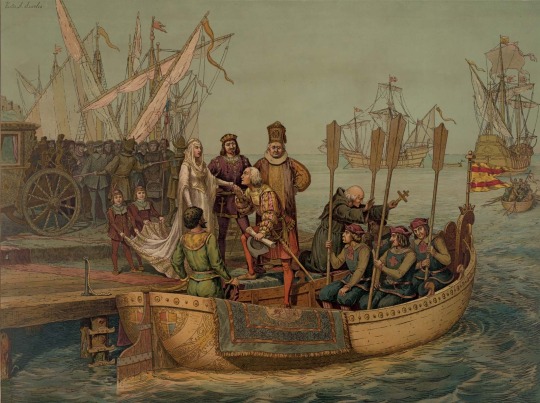
The First Voyage, Christopher Columbus bidding farewell to Queen Isabella I on his departure for the New World, 3 August, 1492.
by Victor A. Searles
#christopher columbus#isabella i#ferdinand ii#spain#palos#spanish#art#victor a searles#new world#history#age of sail#age of exploration#age of discovery#explorer#exploration#europe#european#america#americas#christianity#christian#royal#royalty#ships#boat#port#niña#pinta#santa maria#watercolour
122 notes
·
View notes
Text
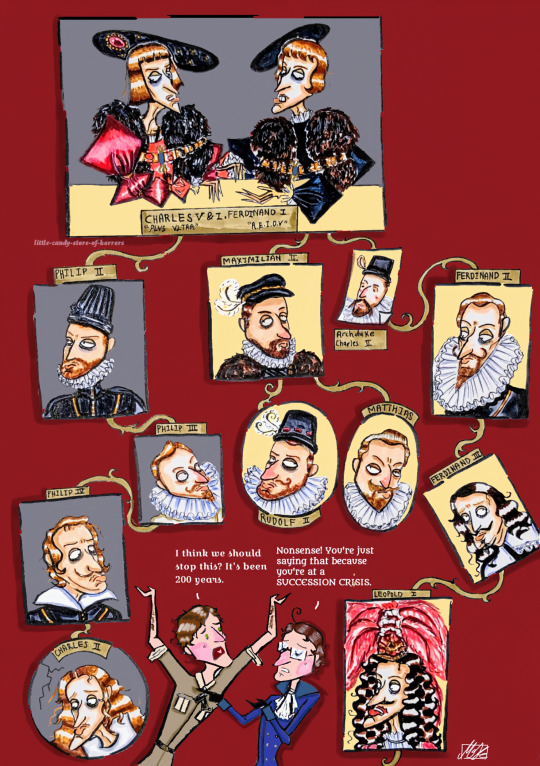
"Bella gerunt alii, tu felix Austria nube!"
Day 6 of @spaus-week 's challenge
"Let others wage war, you, happy Austria, marry!" Was the political strategy of the Habsburgs, and marry did the House of Austria! Infamously, scandalously, sensationally. A mangled wreath of a family tree. We all know this horror story. And we all know the bitter end.
After Emperor Charles V&I divided his Spanish and Austrian inheritance ((also gained through his parents' and grandparents' marriages)) to his descendants and those of his younger brother Ferdinand I respectively, the Habsburg dynasty split into two branches. The Spanish and Austrian Habsburgs notoriously intermarried for generations, right up till Charles II of Spain whose heirless death in 1700 sparked the War of the Spanish Succession. The inbreeding and this informal Latin motto behind it has been blamed to hell and back for their implosion, for the physical ugliness that ran in this royal bloodline. But it is not to say the Habsburgs never went to war, nor that dynastic marriage was a political strategy unique to them! But they were, if anything, bloody successful at it seeing how they did rule half of Europe for 200 years, and then a lot of it in the Austrian line for another 200. Before anyone figured out inbreeding was bad it was considered a privilege to marry into the Habsburgs, with Louis XV claiming that Louis XVI's betrothal to Marie Antoinette was marrying the "Daughter of the Caesars", and Napoleon Bonaparte infamously ditching Josephine for Marie Louise. Charles II was a poor sod who took the fall and the mugs were wretched from the same ugly gene being passed around countless times*, but they did wear power and privilege well.
💅✨ Symbolism bc I'm a NERD and this my Category 10 autism event ✨💅 :
Charles V & Ferdinand I's joint portrait based on that propaganda woodcut, behind them the colours of the Habsburg flag.
The Spanish branch, comprising Charles V & I's descendants, is represented with a black background, and the Austrian branch, comprising Ferdinand I's descendants, gold, both colours pulled from their flag, a dynasty intertwined but split in two.
Round frames denote that the individual had no heirs.
Only the most influential ruler on both sides, the King of Spain and the Holy Roman Emperor, are represented as framed portraits, explaining Archduke Charles II's unframed depiction.
The unconventional placement of Charles II of Spain and Emperor Rudolf II's nameplates are a nod to their queerness: their intersexuality and bisexuality respectively.
Ferdinand III's portrait is lopsided because of the losses of the 30 Years War.
Cracks in Charles II's portrait: 🙃🙃🙃
#Was this just an excuse for me to draw the family tree/wreath? YES. Might continue it to Blessed Karl™ *faints*.#That said i literally took three tries to get the Austrian branch right in just this fraction. Nightmare.#spausweek#Charles v#philip ii#philip ii of spain#Philip iii#philip iv of spain#felipe iv#charles ii of spain#Carlos ii#ferdinand i#Maximilian ii#rudolf ii#Emperor Matthias#Ferdinand ii#Ferdinand iii#Leopold i#16th century#17th century#habsburg history#house of habsburg#austrian history#spanish history#historical hetalia#aph austria#aph spain#roderich edelstein#Antonio Fernandez#Hetalia
70 notes
·
View notes
Text
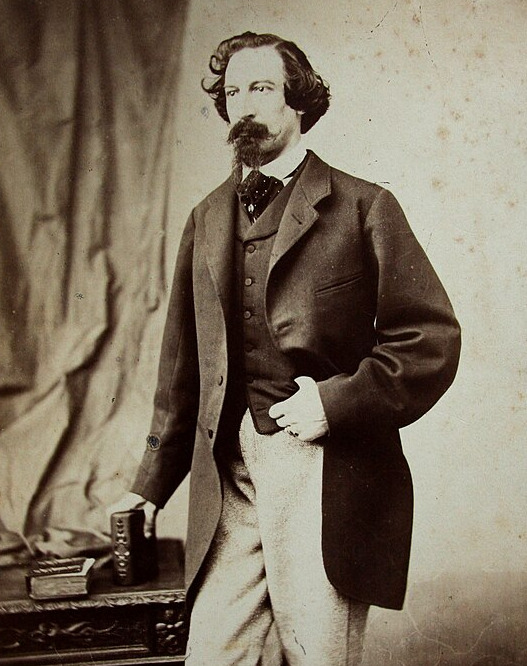

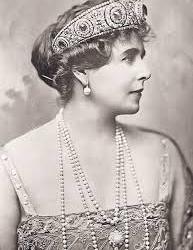


Royal Birthdays for today, October 29th:
Ferdinand II, King Consort of Portugal, 1816
Gagananga Yukala, the Prince Bijitprijakara, 1855
Marie of Edinburgh, Queen of Romania, 1875
Richard, 6th Prince of Sayn-Wittgenstein-Berleburg, 1934
Constantine-Alexios, Prince of Greece and Denmark, 1998
#ferdinand ii#marie of edinburgh#prince richard#prince Constantine-Alexios#Gagananga Yukala#royal birthdays#long live the queue
8 notes
·
View notes
Text



This black and golden outfit was first worn by Emperor Charles V in the fifteenth episode of the second season of Magnificent Century. It appeared again on Danielo Lodovisi in the twenty-fifth episode of the third episode. The outfit was worn again by Charles' brother Emperor Ferdinand II in the thirteenth episode of the fourth season.
#Muhteşem Yüzyıl#Magnificent Century#period drama#costume drama#historical drama#Charles V#Danielo Lodovisi#Archduke Ferdinand#Ferdinand II#reused costumes#recycled costumes
8 notes
·
View notes
Photo
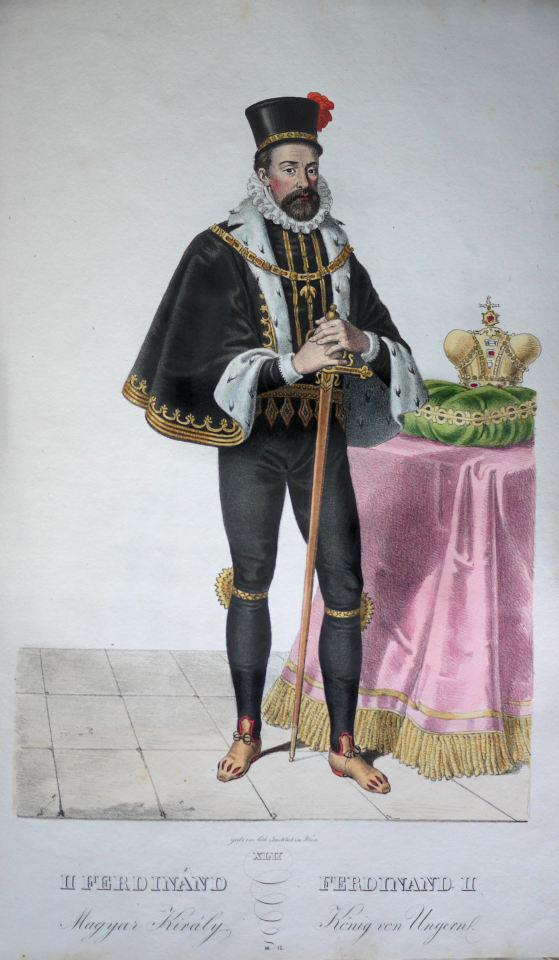
Ferdinand II (1578-1637), Roman-German Emperor, King of Bohemia amd Hungary. Lithograph by Josef Kriehuber.
#josef kriehuber#magyar királyság#magyar királyok#ferdinand ii#habsburg család#habsburg dinasztia#full length portrait#kingdom of hungary#haus habsburg#heiliges römisches reich#erzherzogtum österreich#kaiser ferdinand ii.#house of habsburg#holy roman emperor#könig von ungarn#königreich ungarn
41 notes
·
View notes
Text
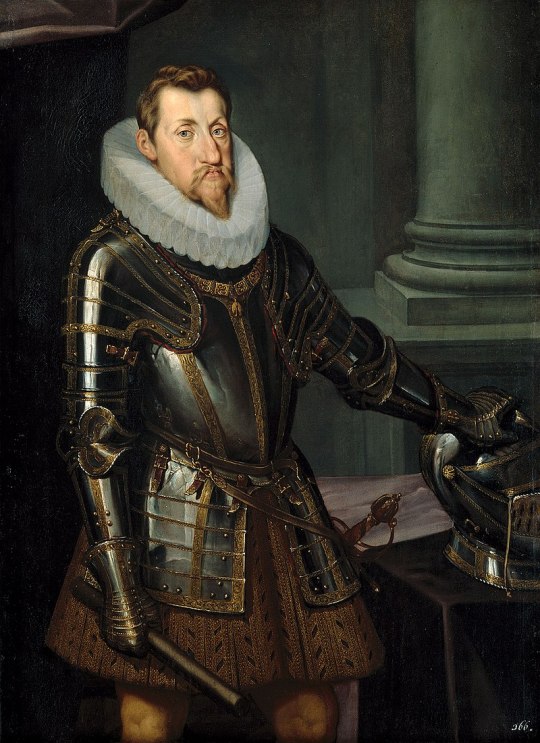

Ferdinand II, Holy Roman Emperor, reigned 1619-1637
Not Bohemia's favorite emperor
Pedro II, Emperor of Brazil, reigned 1831-1889
More Leopoldina than Pedro I
From anon: "1: The Glorious Beard. Now that is the beard of an emperor. Small children could get lost in it while sharing their Christmas wishlists. 2: Under his monarchy Slavery was abolished without a civil war (whistles innocously in how long it took) 3: Pedro de Alcântara João Carlos Leopoldo Salvador Bibiano Francisco Xavier de Paula Leocádio Miguel Gabriel Rafael Gonzaga is an amazingly long full name"
#best habsburg bracket#habsburg#house of habsburg#pedro ii#ferdinand ii#also these portraits made me realize that those habsburg genes are strong#they look remarkably alike for being separated by centuries
7 notes
·
View notes
Text

Barbara van Beck (1629 – c. 1668)
The Guardian: 'High-status' portrait of bearded woman bought by Wellcome Collection
On 15 September 1657 the diarist John Evelyn had a conversation with an intelligent, cultured German woman, dressed in the height of fashion, who played beautifully to him on the harpsichord. She also had “a most prolix beard, & mustachios, with long locks of haire growing on the very middle of her nose, exactly like an Island Dog.” The Wellcome Collection in London has acquired a remarkable portrait painted a few years before their meeting, which shows Barbara van Beck exactly as Evelyn described her: composed, dignified, wearing a beautiful and expensive low-cut grey silk dress, with a lace collar tied with a scarlet bow, and more ribbons in her hair which was, Evelyn wrote, “neatly dress’d … of a bright browne & fine as well dressed flax”. “We dont know who painted the portrait, or where, when or for whom, but the point of it is Barbara’s dignity,” Angela McShane, Wellcome’s research development manager, said. “This is a beautifully executed high-status painting. She is not portrayed as a freak as the Victorians would have described her – as I often say when lecturing, you can blame the Victorians for most things – but as a woman with great self-possession and presence, painted at a time when she would have been viewed, as Evelyn saw her, as wonderful, a natural wonder.” “There is nothing titillating about her low-cut dress either, though we might now see it that way. She is dressed is in the highest fashion of the day and contemporary viewers would have recognised that.” Samuel Pepys, Evelyn’s contemporary and friend, also met a bearded woman in London in 1668. Some historians believe it was the same person, but McShane thinks this was another woman with a different condition. The diarist described her as “a little plain woman, a Dane, her name Ursula Dyan, about 40 years old, her voice like a little girl’s, with a beard as much as any man I ever saw, as black almost and grizzly”. Evelyn had been dragged in by friends to see a Turkish tightrope walker, and was surprised to meet Barbara, whom he described as “the hairy Maid, or Woman”. He had met her 20 years earlier when she was only eight, but already being exhibited by her parents. She was born Barbara Ursler in 1629 near Augsburg in Bavaria, one of several children but the only one with the condition – unlike the famous Gonzalez family a generation earlier who were all famously hairy – and spent periods living at the French and several Italian courts. Her parents exhibited her in travelling shows, but she clearly also acquired an education. By the time Evelyn met her, she was in London for at least the second time, and had travelled widely across Europe. She spoke several languages, and as she told Evelyn, had married a Dutchman called Michael von Beck. She told him she had “one child that was not hairy, nor were any of her parents or relations”. Evelyn compared her appearance to that of an Iceland dog, a fashionable shaggy lap dog of the day. “Her very Eyebrowes were combed upward, & all her forehead as thick & even as growes on any woman’s head, neatly dress’d. There come also two locks very long out of each eare … the rest of her body not so hairy yet exceedingly long in comparison, armes, neck, breast & back … & for the rest very well shaped, plaied well on the Harpsichord.” McShane said Evelyn’s description of the meeting was significant. “They had a proper conversation, he didn’t just stare at her. There is nothing of the cheap sideshow about it. This is an elegant entertainment for aristocrats.” [...]
#It took me so long to make a post about this painting and Tumblr didn't let me publish it.#Something about the last couple of paragraphs bothers the algorithms.#art#Barbara van Beck#Giovanni Francesco Guerrieri#Italian art#uncertain attribution#women in history#hypertrichosis#hirsutism#Ambras syndrome#1600s#17th century#Samuel Pepys#Ferdinand II#cabinet of curiosities#Wellcome Collection#Barbara Ursler#Bavaria#Austria#Germany#The Guardian#articles#Maev Kennedy#medical history
1 note
·
View note
Link
Ferdinand II was Holy Roman Emperor, King of Bohemia, Hungary, and Croatia from 1619 until his death in 1637. He was the son of Archduke Charles II of Inner Aus...
Link: Ferdinand II, Holy Roman Emperor
0 notes
Text


Armor with matching shield and saddle plates collectively embossed, blued, silvered, and gilded, belonging to Archduke Ferdinand II of Austria (1529–1595). Made in Milan, ca. 1559, housed at the Kunsthistorisches Museum, Vienna.
2K notes
·
View notes
Text
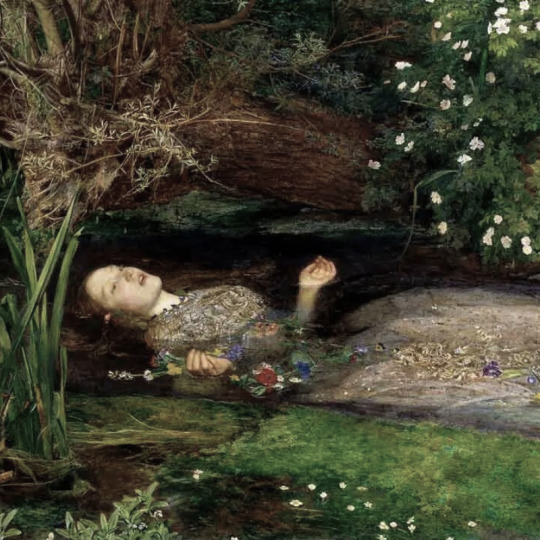
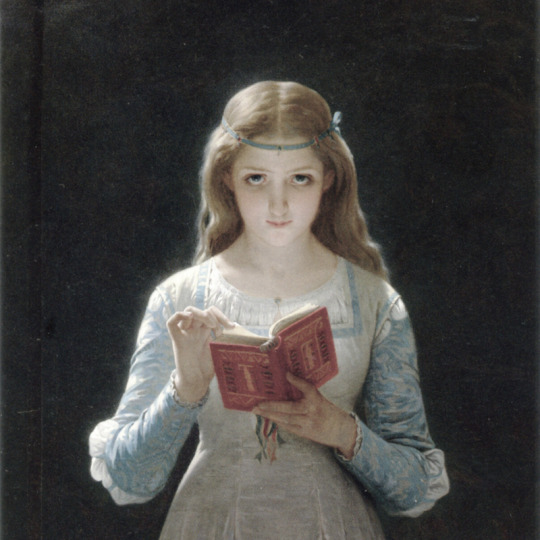
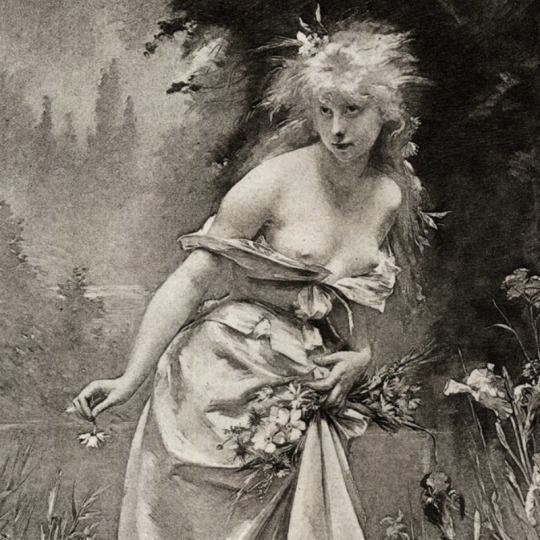


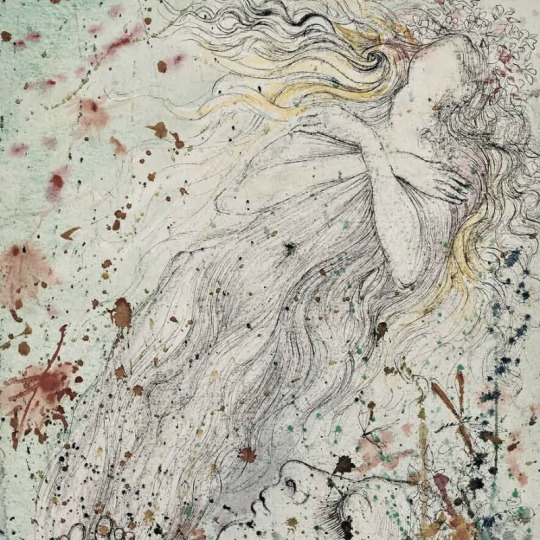
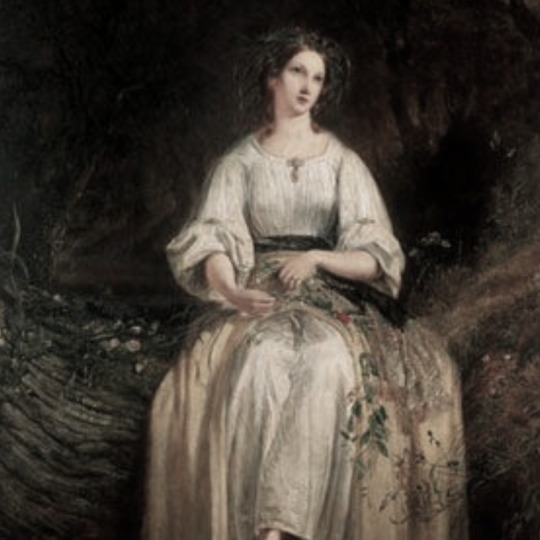
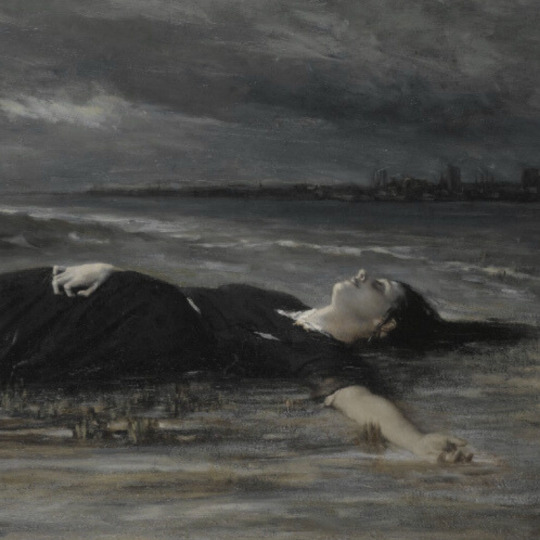

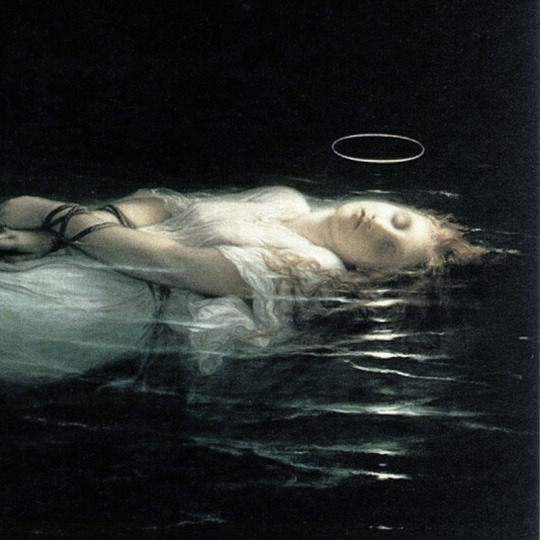
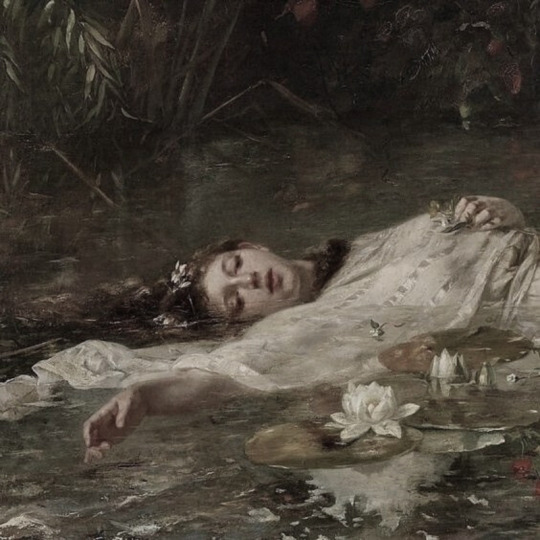
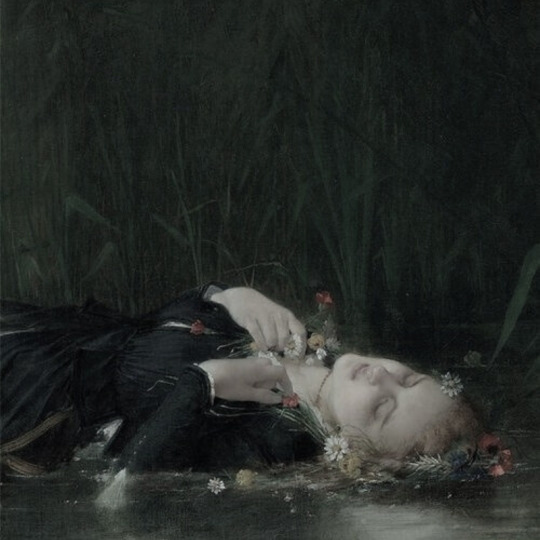
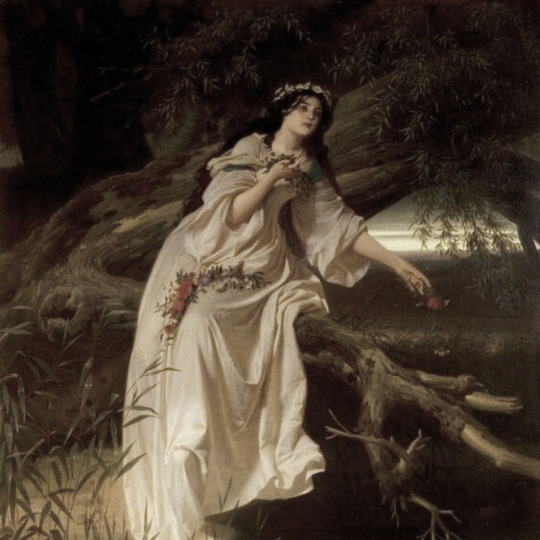
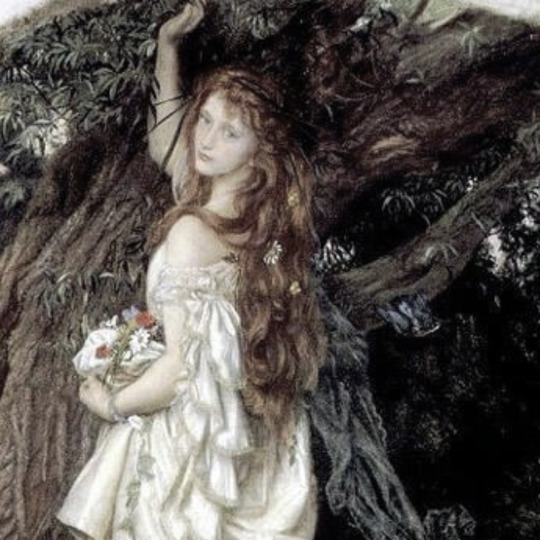
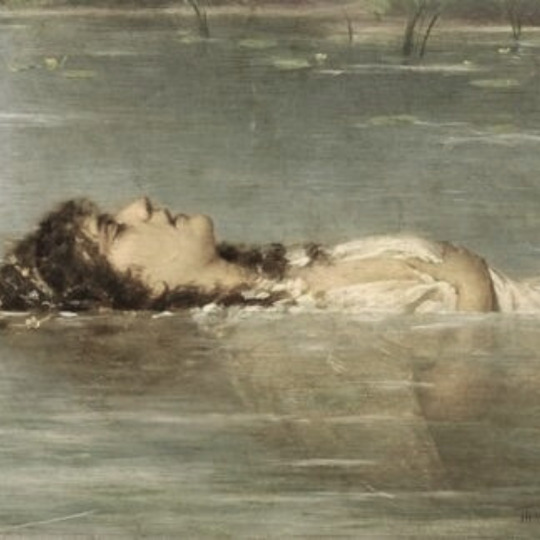
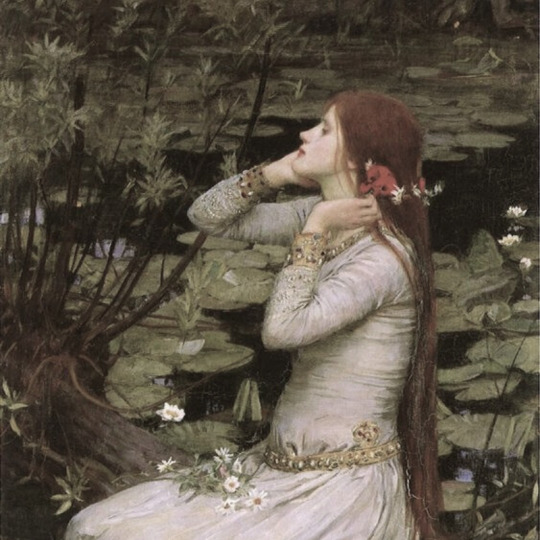
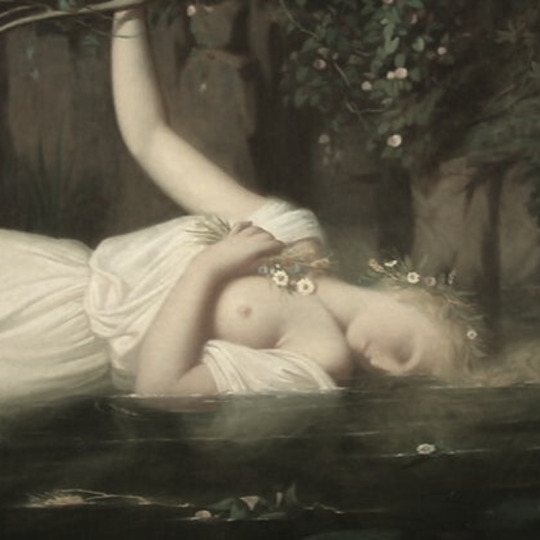
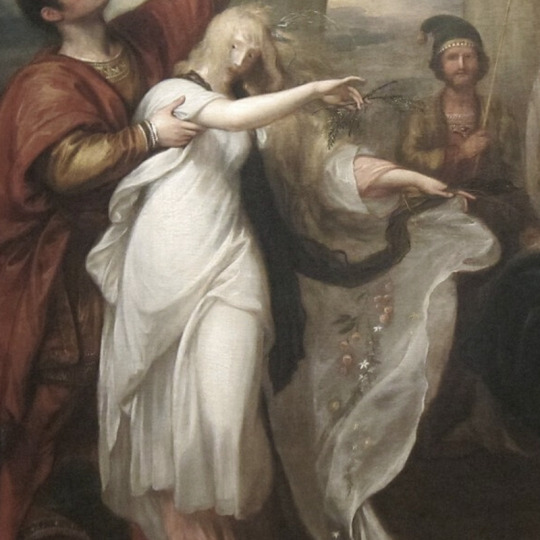
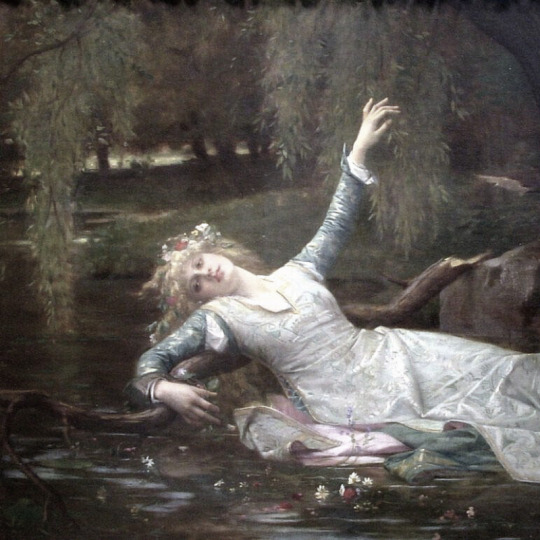


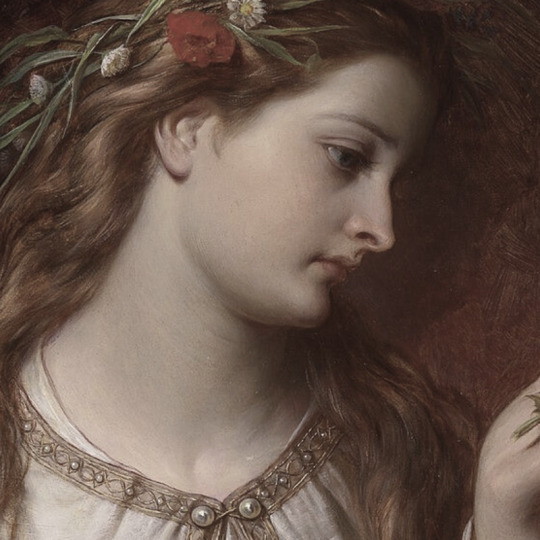
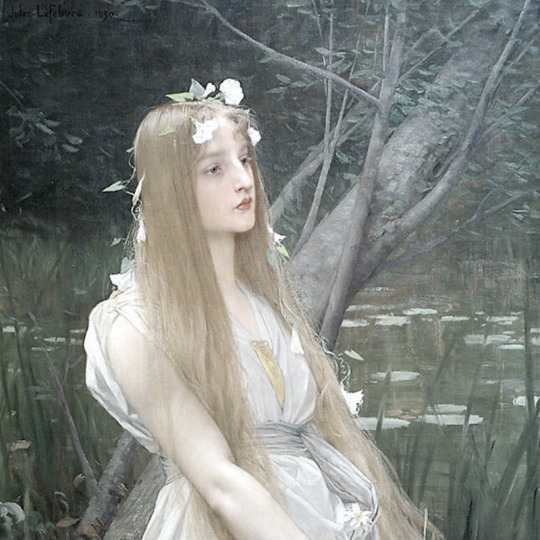
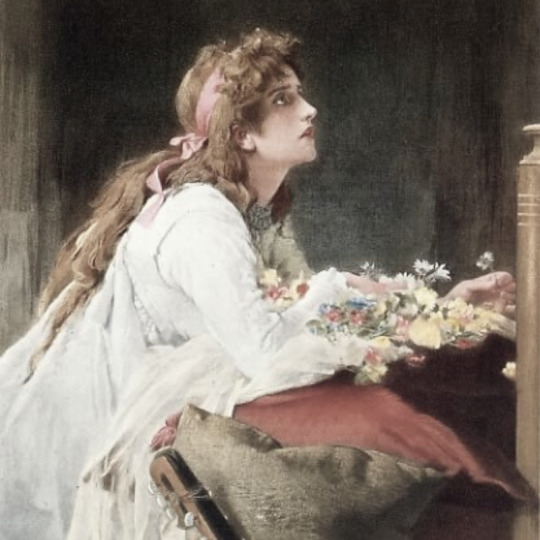
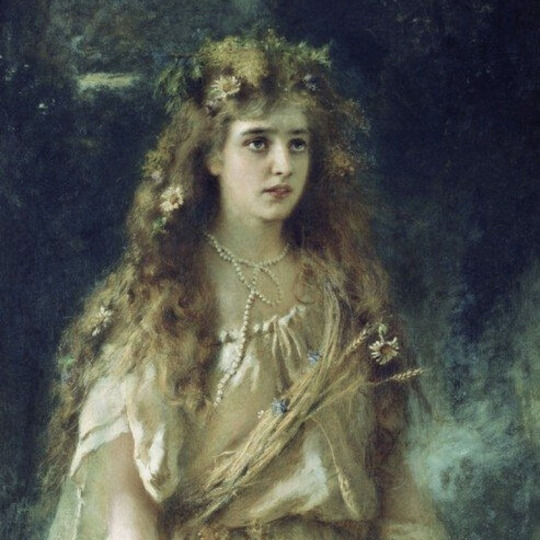
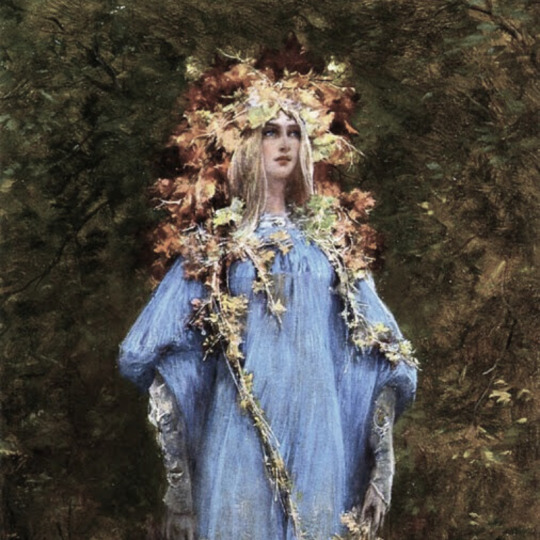
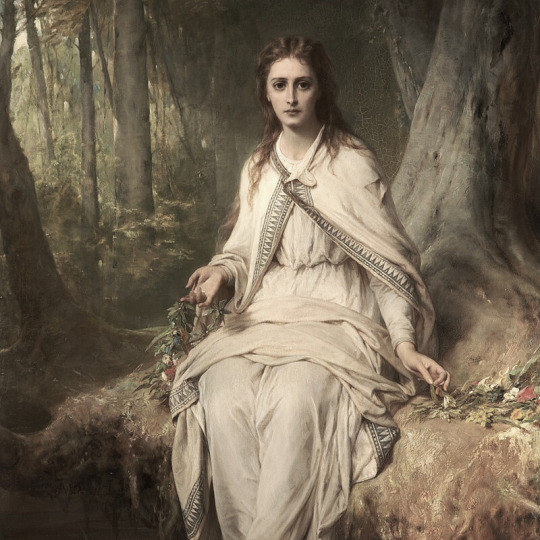
women in art: ophelia
#artist is john everett millais#artist is pierre auguste cot#artist is madeline lemaire#artist is sarah bernhardt#artist is paul albert steck#artist is salvaor dali#artist is richard redgrave#artist is constantin meunier#artist is jules bastien-lepage#artist is paul delaroche#artist is friedrich wilhelm theodor#artist is jeap-baptiste#artist is ferdinand piloty ii#artist is arthur hughes#artist is theodor von der beek#-artist is john william waterhouse#artist is leopold burthe#artist is benjamin west#artist is alexandre cabanel#artist is frances macdonald#--artist is arthur hughes#artist is thomas francis dicksee#artist is joseph jules lefebvre#artist is marcus stone#artist is konstantin makovsky#artist is georges clarin#artist is thomas francis dicksee-#art history#ophelia#hamlet
2K notes
·
View notes
Text

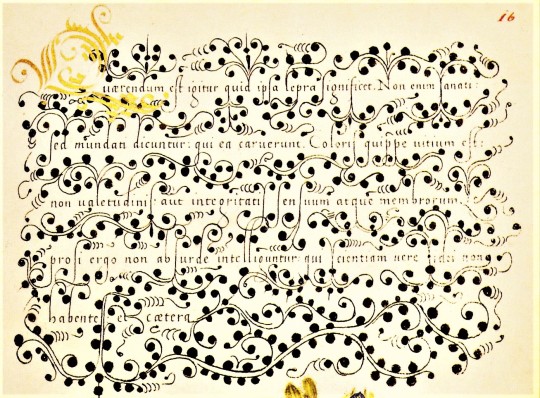

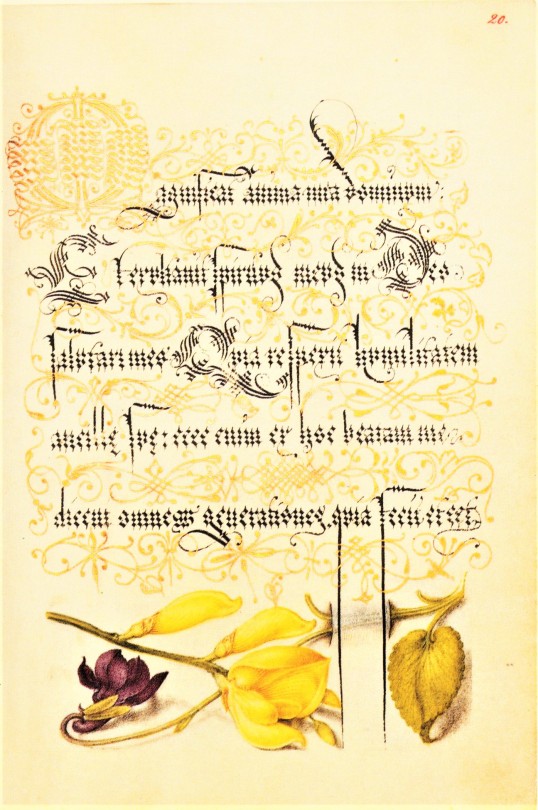


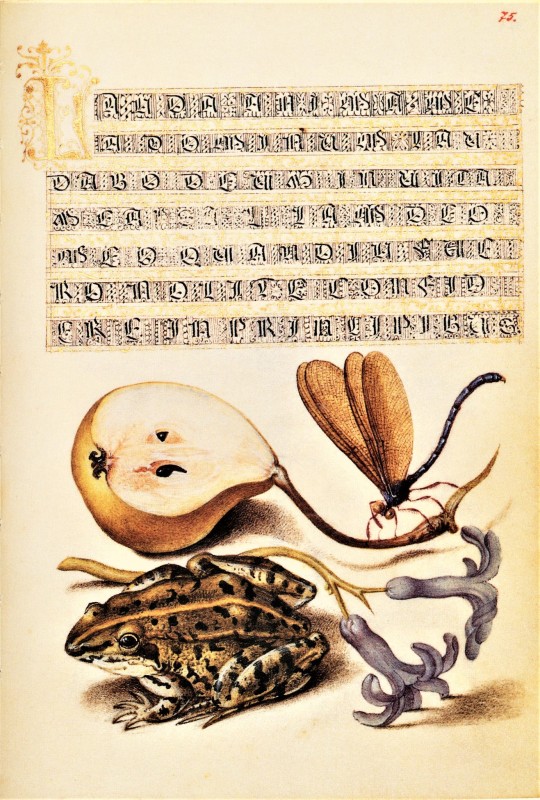



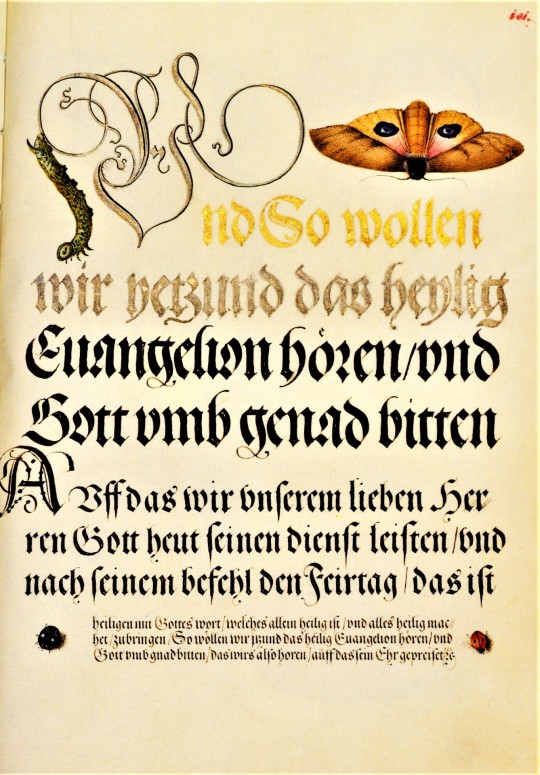

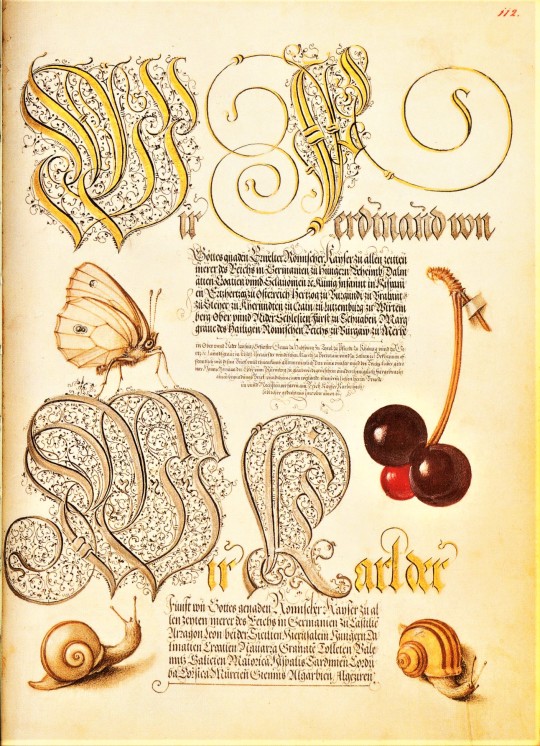
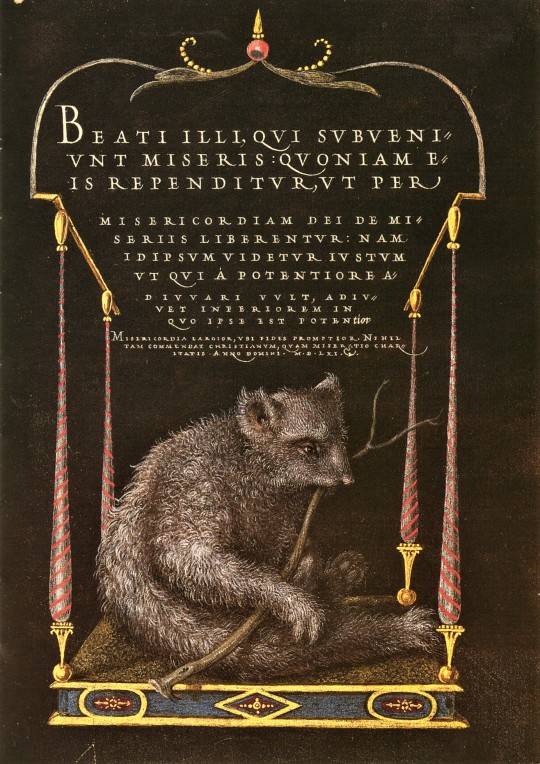
Typography Tuesday
We return to our facsimile of a 16th-cnetury calligraphic manuscript, Mira Calligraphiae Monumenta, or Model Book of Calligraphy, written in 1561/62 by Georg Bocskay, the Croatian-born court secretary to the Holy Roman Emperor Ferdinand I, and illuminated 30 years later by Flemish painter Joris Hoefnagel for the grandson of Ferdinand I, Emperor Rudolph II. The manuscript was produced by Bocskay in Vienna to demonstrate his technical mastery of the immense range of writing styles known to him. To complement and augment Bocskay's calligraphy, Hoefnagel added fruit, flowers, and insects to nearly every page, composing them so as to enhance the unity and balance of the page’s design. Although the two never met, the manuscript has an uncanny quality of collaboration about it.
Our facsimile was the first facsimile produced from the collection at the J. Paul Getty Museum in Los Angeles. It was printed in Lausanne, Switzerland by Imprimeries Reunies and published by Christopher Hudson in 1992.
View another post from Mira Calligraphiae Monumenta,
View more Typography Tuesday posts.
#Typography Tuesday#typetuesday#Mira Calligraphiae Monumenta#or Model Book of Calligraphy#Georg Bocskay#Joris Hoefnagel#illuminated manuscripts#manuscripts#manuscript facsimiles#facsimiles#calligraphy#letter forms#letters#J. Paul Getty Museum#Imprimeries Reunies#Christopher Hudson#Ferdinand I#Rudolph II
861 notes
·
View notes
Text
Folks I just came across the most incredible Habsburg lithography I've ever seen:

It doesn't look that odd at first glance but the more you look at each person the more ????? the picture becomes.
Like first I saw Emperor Franz holding hands with Empress Caroline, ok that's kind of cute! But then I noticed the then Crown Princess Maria Anna crying and praying?? What's going on.

And then I realized Crown Prince Ferdinand is fucking dying in the background???

I don't know who these guys are meant to be but the ones at the right are looking straight at the camera like if they were in The Office.


But this isn't the most ??? things of this picture. Because then I noticed the angel apparently ready to guide Ferdinad to the other world and I need you to tell me if I'm insane or if you see it too.
Guys. Guys. Is the half naked angel... Reichstadt????????

Or is it just a random twink angel???????? Please tell me what you think this will drive me insane jgkgk.
EDIT because I noticed the angel has a dagger so maybe he's actually protecting Ferdinand from death (and if he is meant to be Franz then it's sweet that he's depicted as an angel who protects his family from the other side not that they deserve it much lol)
Anyway I looked it up and apparently Ferdinand almost died in December of 1832, so this lithography of 1833 is depicting that, in a very normal, not bizarre at all way.
#i can't believe i went on with my life without ever seeing this before#house of habsburg#franz i of austria#empress caroline of austria#empress maria anna of austria#ferdinand i of austria#napoleon ii duke of reichstadt#maybe????? or maybe not???? do you see it or am i Crazy
59 notes
·
View notes
Text
on the kinda shit that turn me into a prince-elector of the Holy Roman Empire and ooh baby i'm about to start a 30 years long war
65 notes
·
View notes
Text
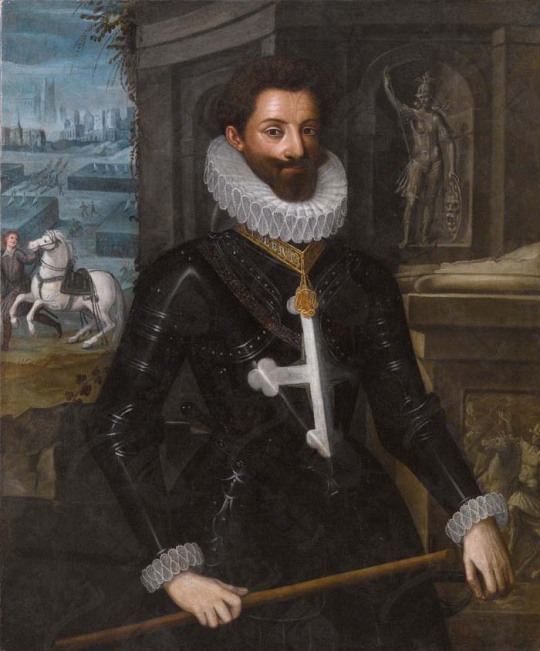



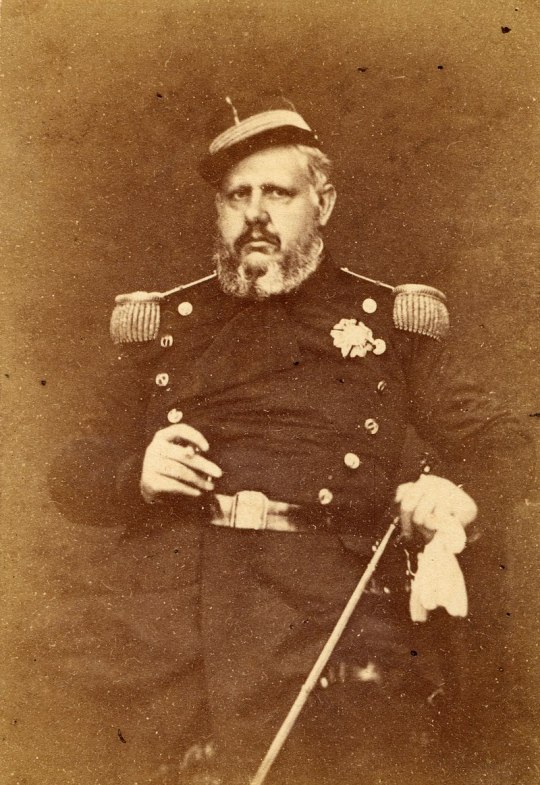
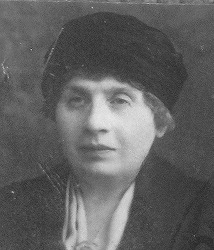
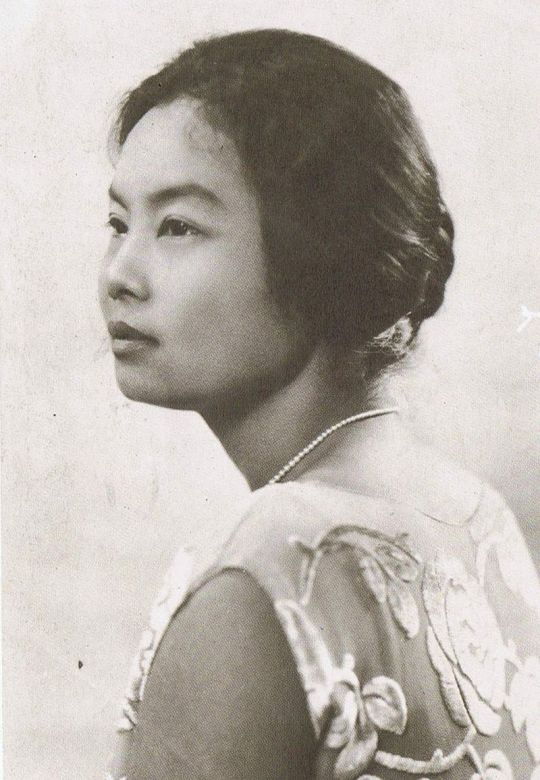

Royal Birthdays for today, January 12th:
Charles Emmanuel I, Duke of Savoy, 1562
Ferdinand, Prince of Brunswick-Lüneburg, 1721
Maria Carolina, Archduchess of Austria, 1740
Ferdinand I, King of the Two Sicilies, 1751
Ferdinand II, King of the Two Sicilies, 1810
Zekiye Sultan, Ottoman Princess, 1872
Hemvadi, Princess of Thailand, 1892
Gustav, Hereditary Prince of Sayn-Wittgenstein-Berleburg, 1969
#Zekiye Sultan#maria carolina of austria#ferdinand i#ferdinand ii#ferdinand iv#charles emmanuel I#prince ferdinand#prince gustav#princess Hemvadi#royal birthdays#long live the queue
6 notes
·
View notes
Text
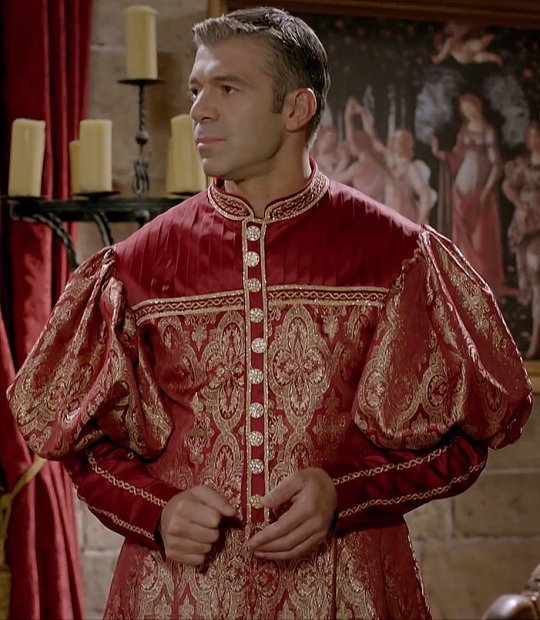

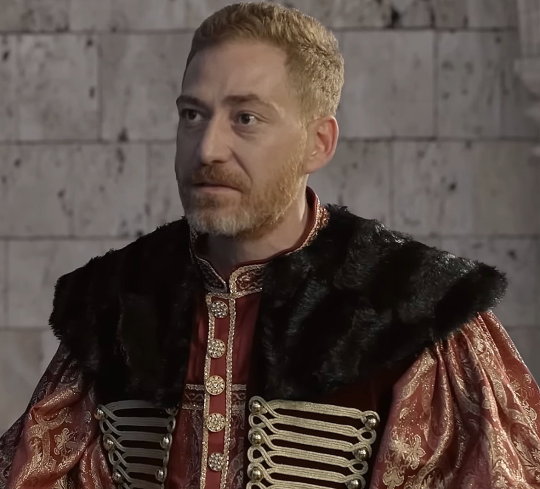
This red and gold outfit was first worn by Archduke Ferdinand (later Emperor Ferdinand II) in the seventh episode of the second season of Magnificent Century. It was worn again by Emperor Charles V in the thirtieth episode of the third season.
The outfit appeared again on István Bethlen in the second episode of the second season of Magnificent Century: Kösem.
#Muhteşem Yüzyıl#Muhteşem Yüzyıl: Kösem#Magnificent Century#Magnificent Century Kösem#Magnificent Century Kosem#period drama#costume drama#historical drama#Archduke Ferdinand#Ferdinand II#Charles V#István Bethlen#Stephen Bethlen#reused costumes#recycled costumes
8 notes
·
View notes
Text
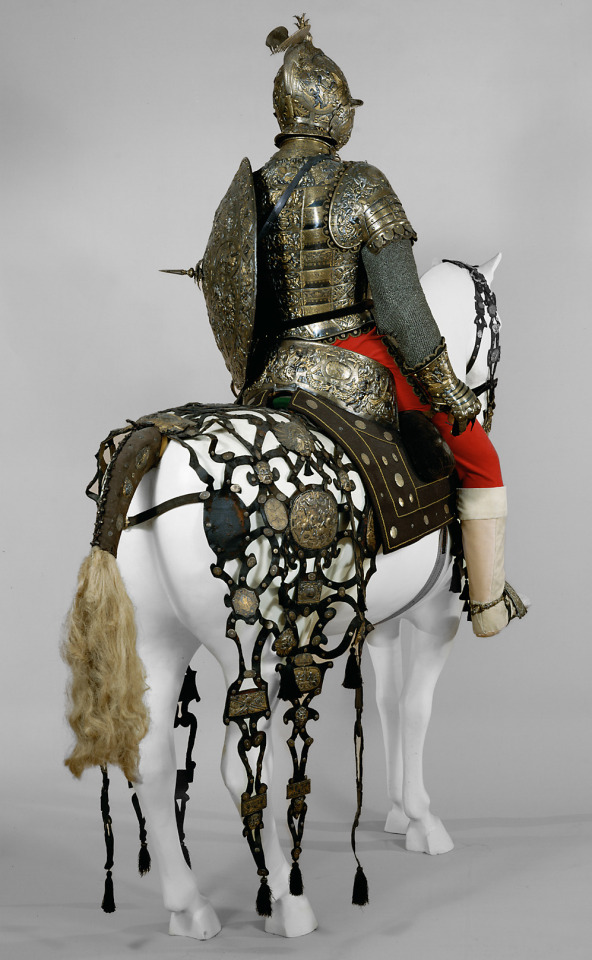
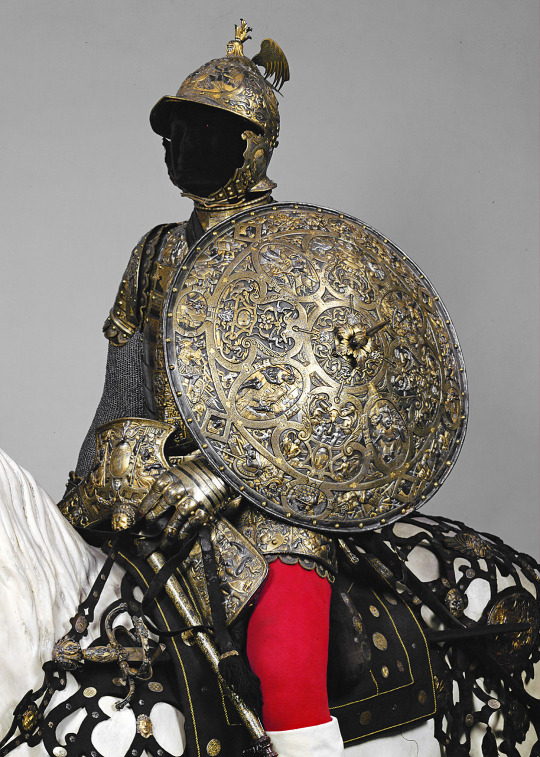
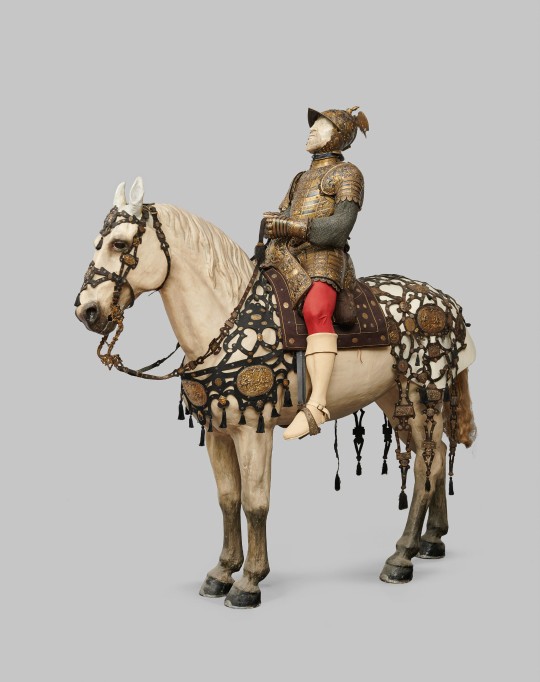

▪︎ Harness of Milanese Armor.
Date: 1559-1560
Owner: Archduke Ferdinand II; Son of Ferdinand I of Habsburg Austria, sovereign of Tyrol (1529-1595)
Artists/Makers: Giovan Battista Panzeri called Serabaglio , (merchant and barter) (ca. 1520-1591(?)); Marco Antonio Fava, barter (active 2nd half of the 16th century)
Medium: Chased and chased iron: partly blued, partly burnished, partly inlaid with gold and silver. Leather. Light blue and black satin silk, red wool fabric, modern linen or cotton fabric. Armored mesh made of iron and brass.
#history#16th century#art#history of art#16th century art#16th century armor#armor#harness of Milanese armor#Archduke Ferdinand II#milan#austria#1559#1560
191 notes
·
View notes